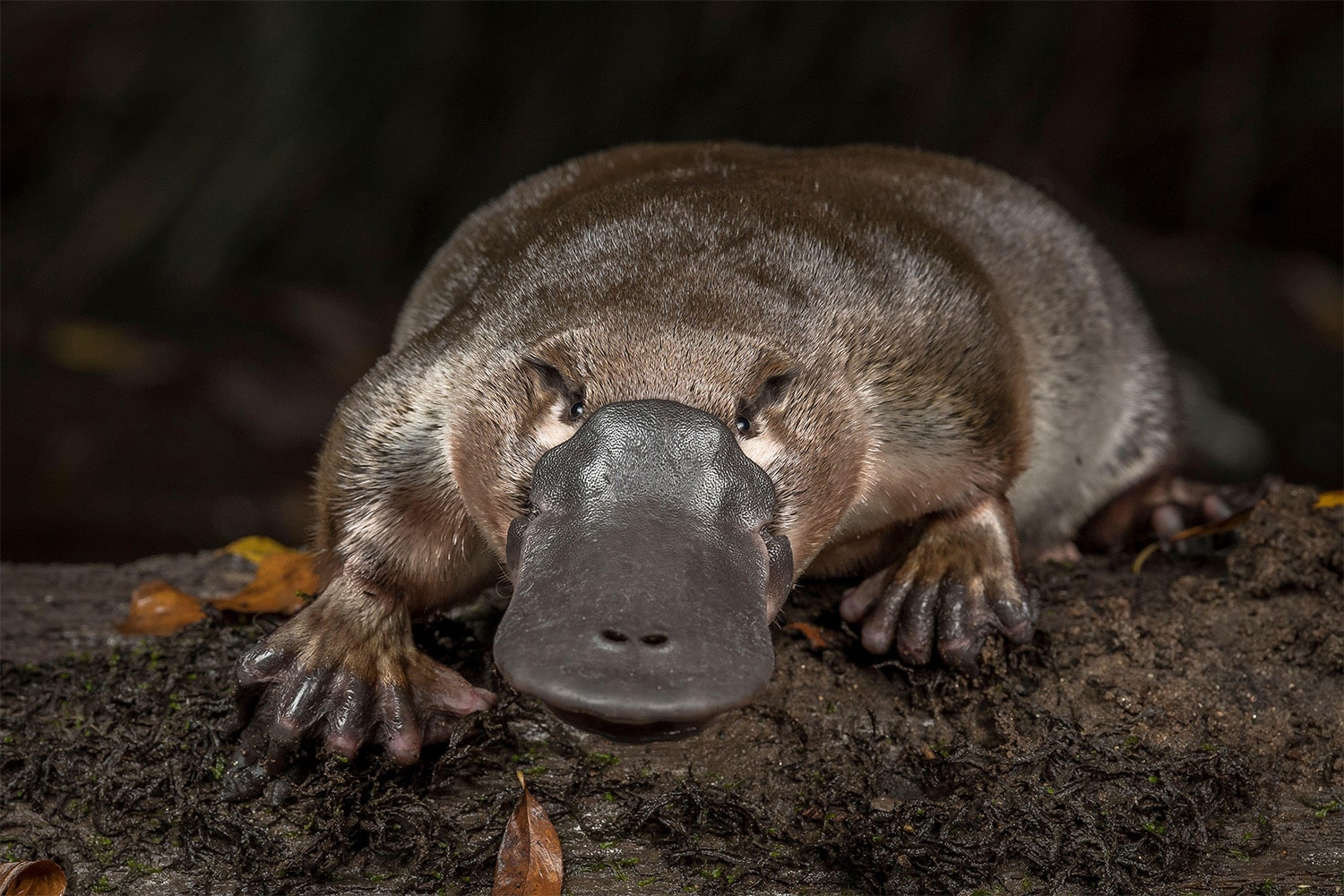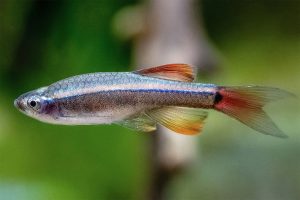
33 interesting facts about platypuses
- 👁️ 1127
The platypus, with its unique appearance and behaviors, stands as one of nature’s most intriguing creatures. Native to Australia, this semiaquatic mammal has fascinated scientists and animal lovers alike for centuries. The platypus is one of the few monotremes, or egg-laying mammals, remaining on Earth, making it an extraordinary subject of study in evolutionary biology and natural history. From its duck-like bill to its webbed feet, every aspect of the platypus defies conventional mammalian classification and hints at a complex evolutionary past. Let’s explore some fascinating facts about the diet and ecological role of the platypus, shedding light on this enigmatic creature’s life beneath the water’s surface.
- Platypuses are carnivorous, feeding primarily on aquatic invertebrates such as insect larvae, worms, and freshwater shrimp.
- They hunt for food underwater, using their highly sensitive bill to detect prey through electrolocation.
- A platypus does not have teeth; instead, it uses gravel scooped up from the riverbed to mash its food.
- They can consume up to 20% of their body weight in food each day.
- Platypuses are known to forage for food mainly at dawn and dusk, exhibiting crepuscular behavior.
- Despite their appetite for meat, platypuses do not hunt fish as a significant part of their diet.
- The electroreceptors in their bill can detect the electric fields generated by the muscular contractions of their prey.
- Platypuses close their eyes, ears, and nostrils while submerged, relying entirely on their bill’s electrolocation to navigate and find food.
- They can stay underwater for up to two minutes before needing to surface for air.
- When hunting, a platypus will make a series of quick, darting movements to chase down prey.
- After collecting food in its cheek pouches, the platypus surfaces to eat.
- The diet of a platypus varies seasonally, depending on the availability of prey.
- Juvenile platypuses are fed milk by their mothers but transition to a carnivorous diet as they mature.
- Platypus milk contains unique antibacterial properties, significant for the development of antibiotics.
- They play a crucial role in aquatic ecosystems as predators of insect larvae, helping to control insect populations.
- The platypus’s foraging activities contribute to the aeration and turnover of riverbeds, promoting a healthy aquatic environment.
- A single platypus can consume thousands of aquatic invertebrates in one night.
- Despite their small size, platypuses are effective hunters, capable of capturing swift and elusive prey.
- Environmental changes and pollution can significantly impact the availability of their food sources.
- Platypuses use a side-to-side sweeping motion with their bill to search for food along the riverbed.
- The loss of wetland habitats poses a threat to platypus populations by reducing their feeding grounds.
- Platypuses have been observed eating small frogs on rare occasions.
- Their feeding habits make them sensitive indicators of ecosystem health and water quality.
- Platypuses do not chew their food in the traditional sense but grind it between the pads in their bill.
- The absence of stomach in platypuses means that food moves directly from their esophagus to their intestines.
- Seasonal changes can affect the types of invertebrates available, influencing platypus diet and foraging behavior.
- During breeding season, female platypuses might reduce their feeding activity as they prepare nesting burrows.
- The platypus’s bill is covered in a soft, leathery skin, sensitive enough to detect prey hidden under the riverbed.
- Platypuses have been known to store food in their cheek pouches, bringing it back to their burrows.
- Their solitary nature means that platypuses do not compete with each other for food resources.
- Climate change impacts water temperatures and flow, which could alter the habitats of their prey.
- In captivity, platypuses are fed a diet that mimics their natural prey, including worms and small crustaceans.
- Research into platypus diet and hunting techniques provides valuable insights into the conservation of freshwater ecosystems.
The platypus stands as a remarkable example of nature’s adaptability and complexity, with its diet and feeding habits highlighting its unique place in the animal kingdom. As a subject of scientific curiosity, the platypus not only enriches our understanding of biodiversity but also underscores the importance of preserving natural habitats for future generations. Through continued study and conservation efforts, we can ensure that the platypus remains a thriving and integral part of its ecosystem, continuing to intrigue and inspire with its mysterious way of life.











